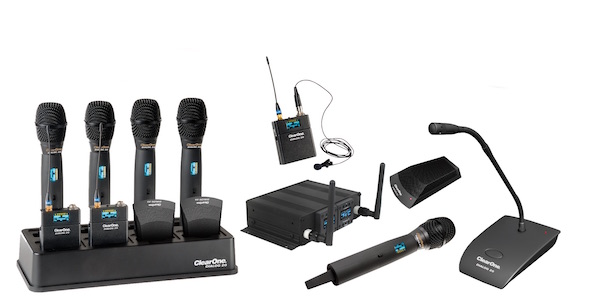
CLEARONE DEBUTS DIALOG 20

ClearOne announced that the recently shipping, small-form-factor Dialog 20 wireless microphone system now features native compatibility with the ClearOne Converge Pro 2 line of mixers. All current owners of the ClearOne Dialog 20 wireless system will be able to upgrade and obtain native integration through an easy software update.
“ClearOne is a leader in the microphone space because we deliver what customers will appreciate, often before they even know they want it,” Ramachandiran said. “We engineer our microphones and DSP mixers to maximise performance for flawless audio and control, so integrators are confident that all of our products function optimally together. The Dialog 20 wireless microphone system also works with any third-party mixer specified by the systems integrator.”
This new native integration feature utilises ClearOne’s new P-Link (peripheral link), which allows for PoE (power over Ethernet), audio and control connections with ClearOne’s Converge Pro 2 DSP mixers. ClearOne’s unique P-Link is what gives integrators the ability to connect to ClearOne’s peripheral devices such as the Beamforming Mic Array 2, Dialog 20 Wireless Mic Receiver, USB Expander and GPIO Expander.
The Dialog 20 is a compact, two-channel professional digital wireless system with flexible powering and mounting options, plug and play installation and the ability to connect digitally to ClearOne Converge Pro 2 DSP mixers. It also has standard audio and GPIO interfaces for any third-party audio mixer. It delivers full audio bandwidth through gooseneck, boundary, belt-pack or handheld transmitters and can connect to any type of audio conferencing or reinforcement system.
Leveraging the full power of ClearOne’s robust, adaptive frequency-hopping ‘spread’ spectrum technology within the 2.4 GHz unlicensed spectrum, Dialog 20 owns several advantages over fixed-frequency transmission. Its power-packed design is inherently resistant to narrowband interference because it uses a pseudo-random sequence to switch frequency; this makes frequency-hopping signals extremely tough to intercept. The use of 128-bit AES encryption on each hopped frequency further secures the wireless audio transmission.
ClearOne: www.clearone.com
Australian Distributor: www.pavt.com.au

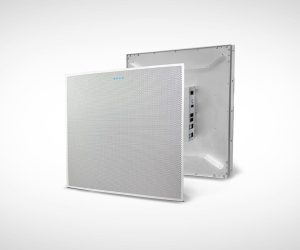
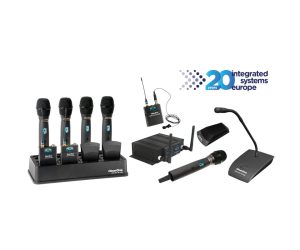

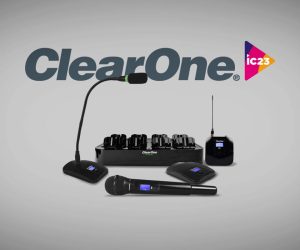

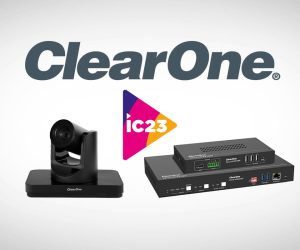






RESPONSES